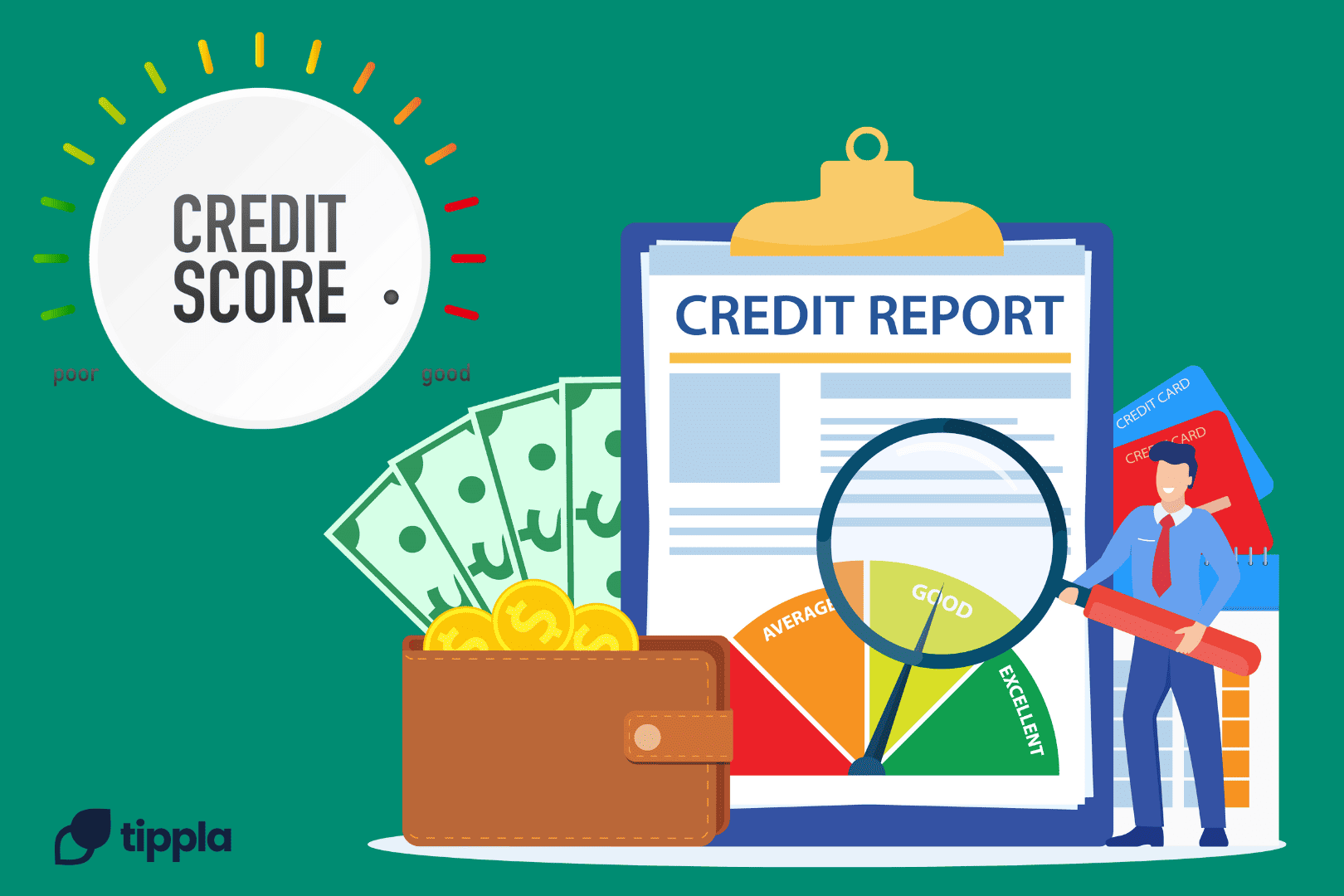Published in July 28, 2021
Home improvement loans: how they work & how to get one

There are different types of unsecured personal loans; with the most common one being home improvement loans. If you have good credit and you plan on a smaller improvement project, home improvement loans are best for you.
If you plan on making a home improvement or repair but don’t have the right amount of money to do so, then a home improvement loan is your best option.
Home improvement loans are a personal loan that is used to help with repair, construction or renovation payments on your home. Similar to personal loans, they do also have a fixed annual percentage rate, which is paid over a set repayment period. That repayment period can range anywhere between five to ten years.
However, home improvement loans aren’t suited for everyone. They’re best suited for smaller projects and people with good credit history. We’ll explain further whether it’s right for you. and potential alternatives.
How home improvement loans work
Home improvement loans are another type of personal loan and functions similarly to short-term personal loans. Upon applying for it, you agree to a specific loan amount and repayment plan. Once your loan is granted, you’ll have to make regular payments to pay it off.
You can start off by contacting your current bank or credit union. You may also secure one from different lenders that also offer other loans. For an easier process, you should consider getting an online loan.
The amount you get granted depends on multiple factors, most importantly your credit history. Home improvement loans generally range between $300 and $50,000. Loan repayment terms typically range between three to five years, but this varies by the lender and the loan amount. It is possible to find repayment terms as short as one year or as long as ten years. Due to home improvement loans being unsecured, you don’t need to have any sort of collateral. Secured loans such as mortgages require you to have collateral property that the lender can cease if you can’t pay back the loan.
What lenders consider when you apply for a loan
There are multiple factors that lenders have to consider prior to lending you a loan. Some of these factors are:
– Your credit score/ history
– Your debt-to-income ratio
– The cost of your project
– Other personal information
Your credit score
Your credit score and history play a major role when applying for a loan. If you don’t have a good credit history, securing a loan will get much harder.
Your debt-to-income ratio.
Your debt-to-income ratio is a summary of your debt payments versus your income. Those payments can include any car payments, mortgages, or credit card payments.
That ratio is considered when applying for a loan, as lenders wouldn’t want to majorly increase your debt payments and potentially prevent you from paying back your loan. Typically, you’ll get the best interest rates with a debt-to-income ratio of less than 20%. However, you may still get loans with ratios over 40%, but that depends on the lender.
If your debt-to-income ratio is 50% or more, you will most probably not get granted a loan at all.
The best way to improve your debt-to-income ratio is by paying down one of your debt, in order to decrease your overall payments. If you only partially pay off your debt, it will hardly affect the number of monthly payments, therefore decreasing your chance of qualifying for a loan.
The best way to start decreasing your payments is by paying off the smallest debt you have. Even when paying off small amounts, it’s best to also pay down any high-interest accounts.
The cost of your home improvement project
Before applying for a home improvement project, estimate the overall cost of your project to determine a rough estimate of your loan amount. Take into account any unexpected costs that could pop up, but don’t ask for a much larger amount than what you need.
If you request a much higher amount than what your project costs, lenders may reject your application as it would be considered a suspiciously high amount of money to request.
Other information lenders consider
When applying for a loan, the lender will require some personal details such as your income, employment history, or even your employer. Lenders are typically wary of your ability to afford repayments, however, it’s best to contact a lender prior to submitting an application to help you ease their concerns.
Interest rates on a home improvement loan
The percentage rate you get typically depends on all the factors mentioned prior. However, they also vary by lenders and other economic factors during the time of your loan. Before applying to a loan, it’s best to compare different rates and repayment plans in order to find the lender that best suits your needs.
For more information, sign up to Tippla.
While we at Tippla will always do our best to provide you with the information you need to financially thrive, it’s important to note that we’re not debt counsellors, nor do we provide financial advice. Be sure to speak to your financial services professional before making any decisions.
Related articles


Do Personal Loans Affect Business Financing
22/05/2025
Growing a business is tough work, especially if you’re...

How Can You Improve Your Credit Score? A Quick Guide
30/07/2021
We’ve said it time and again – your credit...

Credit Scores vs Credit Reports: Understanding the Difference in Australia
23/10/2023
Understanding the nuances of credit scores and credit reports...
Subscribe to our newsletter
Stay up to date with Tippla's financial blog